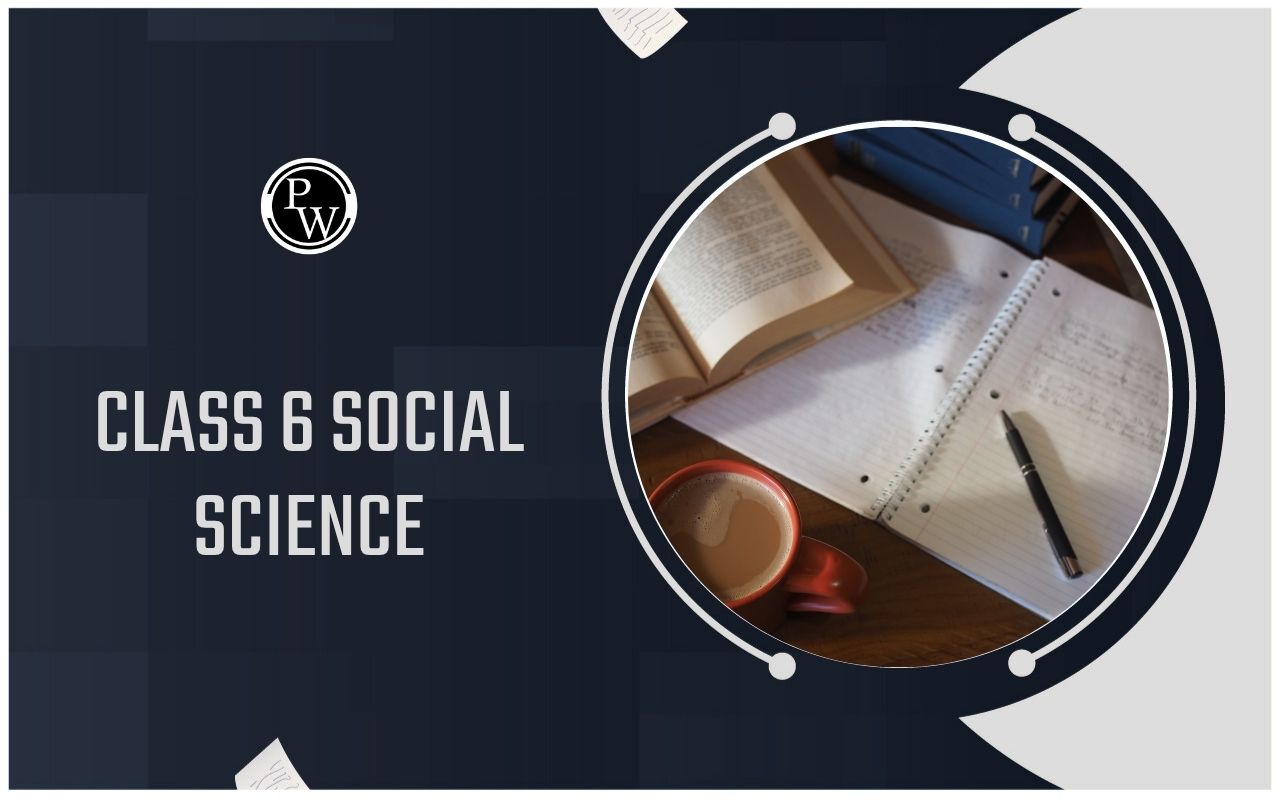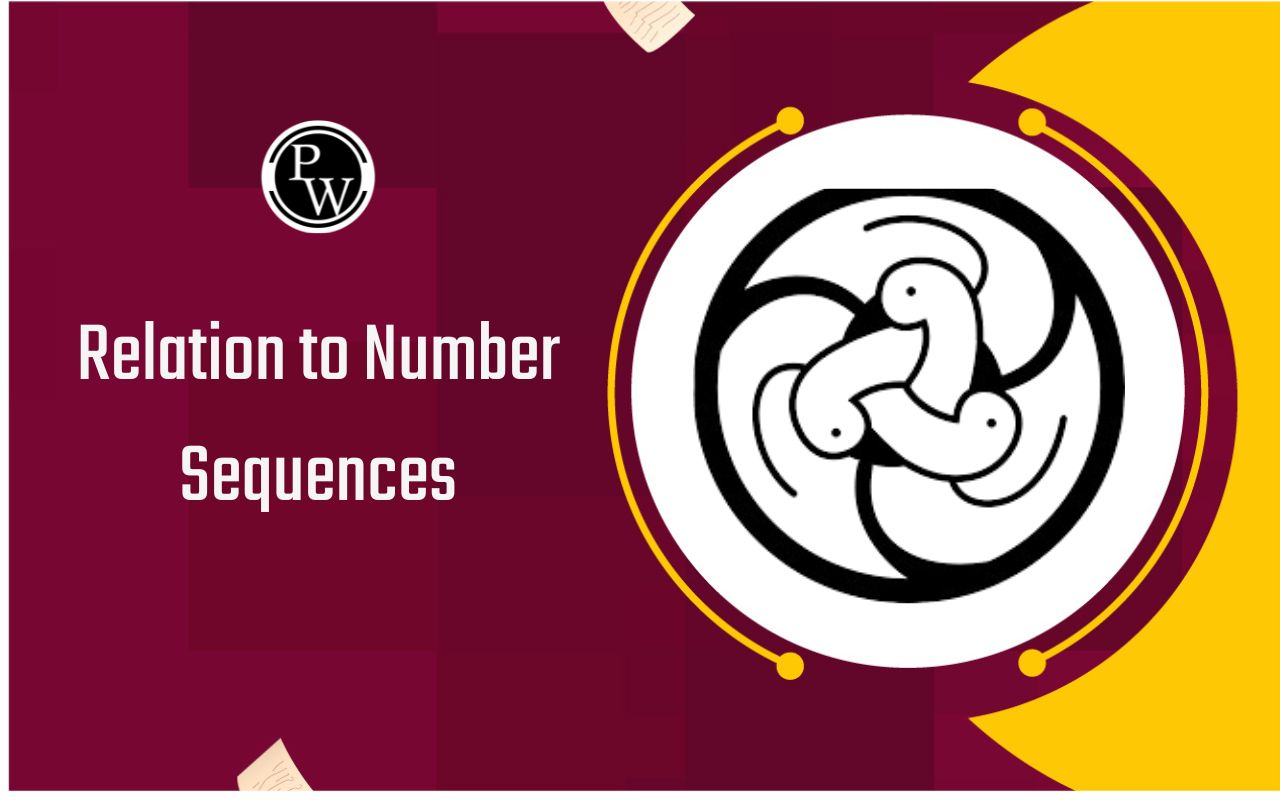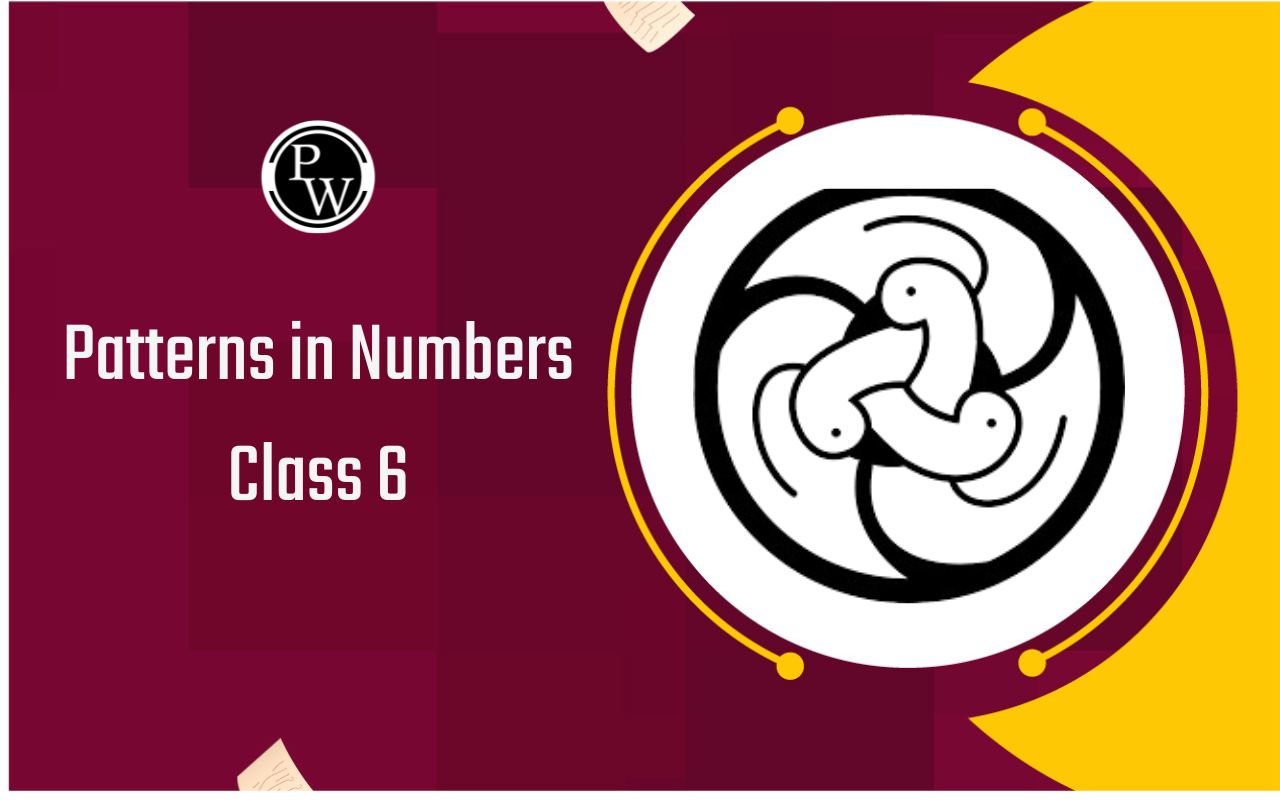
CBSE Class 6 Social Science History Notes Chapter 10: These notes are important for students preparing for their CBSE Class 6 exams. They focus on the rise of new empires and kingdoms in ancient India, which shaped the political landscape of the time. The chapter explains how different rulers expanded their territories, established strong administrative systems and built powerful armies.
By studying the Class 6 History notes for Chapter 10 students can develop a deeper understanding of ancient India's political history, its impact on society and the foundations of governance.CBSE Class 6 Social Science History Notes Chapter 10 New Empires and Kingdom Overview
These notes for CBSE Class 6 Social Science History Chapter 10 New Empires and Kingdoms have been prepared by subject experts of Physics Wallah. The overview focuses on the rise of powerful empires and kingdoms in ancient India, exploring the reigns of prominent rulers and their contributions to administration, warfare and culture.CBSE Class 6 Social Science History Notes Chapter 10 New Empires and Kingdom PDF
For your convenience the CBSE Class 6 Social Science History Notes for Chapter 10 New Empires and Kingdoms are available in a downloadable PDF format. These notes provide a detailed overview of the chapter covering important topics like the rise of new rulers, administrative systems and military strategies. The notes are prepared by subject experts to ensure easy understanding and effective revision. You can access the PDF through the link provided below to help enhance your study experience and prepare confidently for your exams.CBSE Class 6 Social Science History Notes Chapter 10 PDF
CBSE Class 6 Social Science History Notes Chapter 10 New Empires and Kingdom
Below we have provided CBSE Class 6 Social Science History Notes Chapter 10 New Empires and Kingdom-Prashastis and What They Tell Us
Prashastis are inscriptions composed in praise of kings and rulers. One of the most famous prashastis is the one dedicated to Samudragupta, a prominent ruler of the Gupta dynasty. This inscription, found on the Ashokan pillar at Allahabad, was composed by Harishena, a poet and minister in Samudragupta’s court. The term prashasti comes from Sanskrit and means “in praise of,” highlighting its purpose of glorifying the ruler.Samudragupta’s Prashasti
In Samudragupta’s prashasti, Harishena describes the king as a brave warrior, a learned man, and even compares him to the gods. The inscription, written in long and elaborate sentences, provides valuable insights into Samudragupta's reign and military achievements. It also outlines his relationships with different groups of rulers:- Rulers of Aryavarta – Nine rulers were defeated, and their kingdoms were integrated into Samudragupta's empire.
- Rulers of Dakshinapatha – Twelve rulers in southern India surrendered after defeat but were allowed to continue ruling under his supremacy.
- Neighboring States – Rulers from regions like Assam, coastal Bengal, and Nepal paid tribute, followed his orders, and attended his court.
- Outlying Areas – Rulers of distant territories, including those linked to the Kushanas, Shakas, and Sri Lanka, submitted to him, some even offering daughters in marriage.
CBSE Class 6 Social Science History Notes Chapter 10 FAQs
What is the main focus of the chapter "New Empires and Kingdoms"?
The chapter explores the rise and establishment of new empires and kingdoms in ancient India, focusing on notable rulers, their policies and the political changes that occurred during their reigns.
Who were some of the prominent rulers mentioned in the chapter?
The chapter covers rulers like Samudragupta of the Gupta dynasty, Harshavardhana and their significant contributions to their respective empires.
What is a prashasti and why is it important?
A prashasti is a type of inscription praising a ruler's achievements, composed in Sanskrit. It provides valuable information about the ruler’s achievements and the historical context of their reign.
What are genealogies and how are they used in the chapter?
Genealogies are family trees or lists of ancestors. In the chapter, genealogies are used to trace the lineage of rulers like Samudragupta and his successors, helping to understand their heritage and political connections.
Talk to a counsellorHave doubts? Our support team will be happy to assist you!

Check out these Related Articles
Free Learning Resources
PW Books
Notes (Class 10-12)
PW Study Materials
Notes (Class 6-9)
Ncert Solutions
Govt Exams
Class 6th to 12th Online Courses
Govt Job Exams Courses
UPSC Coaching
Defence Exam Coaching
Gate Exam Coaching
Other Exams
Know about Physics Wallah
Physics Wallah is an Indian edtech platform that provides accessible & comprehensive learning experiences to students from Class 6th to postgraduate level. We also provide extensive NCERT solutions, sample paper, NEET, JEE Mains, BITSAT previous year papers & more such resources to students. Physics Wallah also caters to over 3.5 million registered students and over 78 lakh+ Youtube subscribers with 4.8 rating on its app.
We Stand Out because
We provide students with intensive courses with India’s qualified & experienced faculties & mentors. PW strives to make the learning experience comprehensive and accessible for students of all sections of society. We believe in empowering every single student who couldn't dream of a good career in engineering and medical field earlier.
Our Key Focus Areas
Physics Wallah's main focus is to make the learning experience as economical as possible for all students. With our affordable courses like Lakshya, Udaan and Arjuna and many others, we have been able to provide a platform for lakhs of aspirants. From providing Chemistry, Maths, Physics formula to giving e-books of eminent authors like RD Sharma, RS Aggarwal and Lakhmir Singh, PW focuses on every single student's need for preparation.
What Makes Us Different
Physics Wallah strives to develop a comprehensive pedagogical structure for students, where they get a state-of-the-art learning experience with study material and resources. Apart from catering students preparing for JEE Mains and NEET, PW also provides study material for each state board like Uttar Pradesh, Bihar, and others
Copyright © 2025 Physicswallah Limited All rights reserved.
Get App







